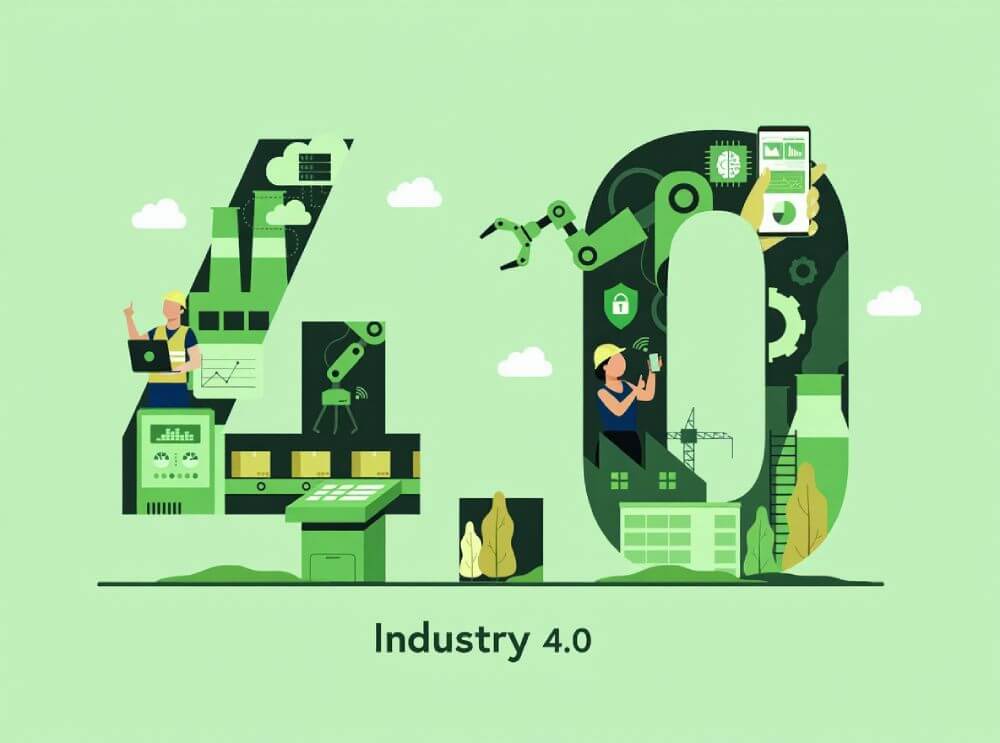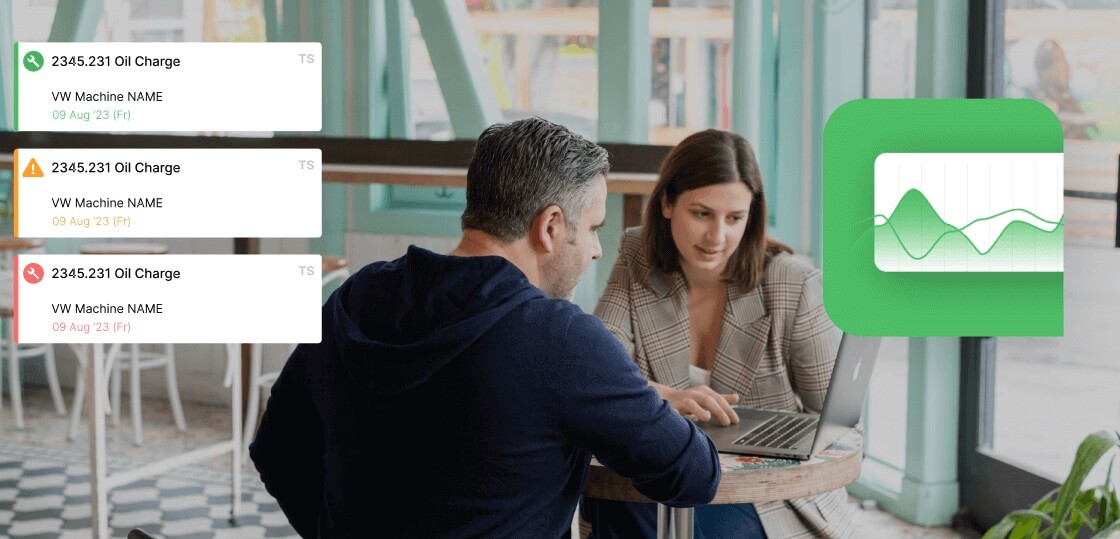While the specifics vary by industry, a Maintenance Coordinator's duties revolve around several core areas that together create a seamless workflow from request to completion.
Maintenance Planning: Preparing for Success
This foundational stage involves thinking ahead and getting all the necessary elements in place before work is scheduled.
The coordinator begins by reviewing incoming maintenance requests for validity, clarity, and priority. From there, they move to the crucial task of scoping the job.
This means defining the specific tasks involved, estimating how long each should realistically take, and determining what skills are needed, such as an electrician, mechanic, or a specialized certification.
The planning process also includes identifying all required parts, materials, or special tools. The coordinator must also account for any safety permits needed, like Lockout/Tagout (LOTO), confined space entry, or hot work.
For complex or recurring tasks, they develop detailed, step-by-step job plans to ensure consistency and safety.
This is also where they identify opportunities to bundle related tasks on the same asset or in the same area to minimize setup time and operational disruption.
Maintenance Scheduling: Putting the Plan into Action
Once jobs are thoroughly planned, they must be scheduled effectively. The coordinator builds weekly and daily work schedules, allocating planned tasks to available technicians.
This is a dynamic balancing act, juggling scheduled preventive maintenance, urgent corrective work, ongoing projects, and operator availability.
This often requires negotiation and clear communication with operations leaders to agree on windows when equipment can be taken offline with the least impact.
After finalizing the schedule, the coordinator formally assigns work orders to specific technicians or crews within the CMMS, considering their skills and current workload.
A key part of scheduling is also managing the backlog—the list of approved work that has not yet been scheduled.
The coordinator keeps this backlog organized and prioritizes tasks appropriately so that important jobs don't get forgotten.
Work Order Management: Documenting the Details
The work order is the official record and communication tool for every maintenance task, and the coordinator is its primary manager. They create comprehensive work orders in the CMMS, pulling in the planned steps, required parts, safety notes, and asset information.
They ensure that all relevant documents—such as safety permits, schematics, or photos—are attached for easy access by the technician.
Throughout the process, the coordinator monitors the status of open work orders as they move from scheduled to in-progress and finally to completion.
Upon completion, they review the closed work orders for accuracy, checking that labor hours, parts used, and failure codes have been recorded correctly.
Any notes from the technician are reviewed, as this feedback is invaluable for informing future planning and improving job procedures.
Parts & Materials Coordination
Technicians can't do their work without the necessary parts. The coordinator facilitates this by checking the CMMS or coordinating with the storeroom to confirm that parts are in stock before scheduling a job.
If parts are needed, they initiate purchase requisitions or notify the purchasing department.
In many well-organized operations, the coordinator also arranges for the "kitting" and "staging" of parts—gathering all materials for a specific job so they are ready for the technician when the work begins.
Communication and leveraging Technology
A significant part of the coordinator's day is spent communicating. They serve as a central hub for questions about schedules and work order status, liaising between maintenance supervisors, technicians, operations managers, and engineers.
They disseminate finalized schedules and often lead planning meetings to review upcoming work and resolve conflicts.
The Computerized Maintenance Management System (CMMS) is the coordinator's primary tool in this effort. They are typically a "power user" of the software, championing data integrity to ensure that good information leads to good reports.
They use the CMMS to generate reports on key performance indicators (KPIs) like schedule compliance, preventive maintenance completion rates, and maintenance backlog trends, providing the data needed to support management decisions and drive the department forward.









